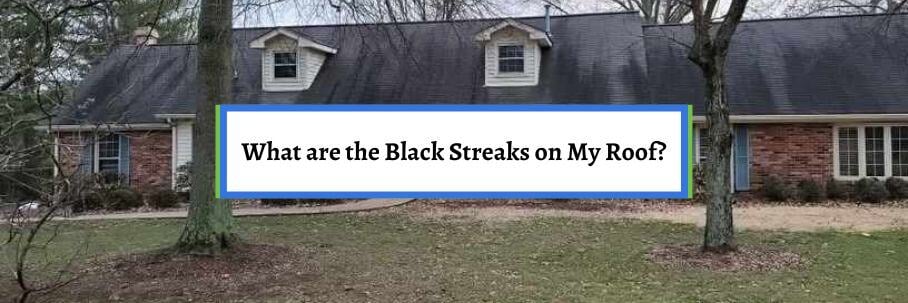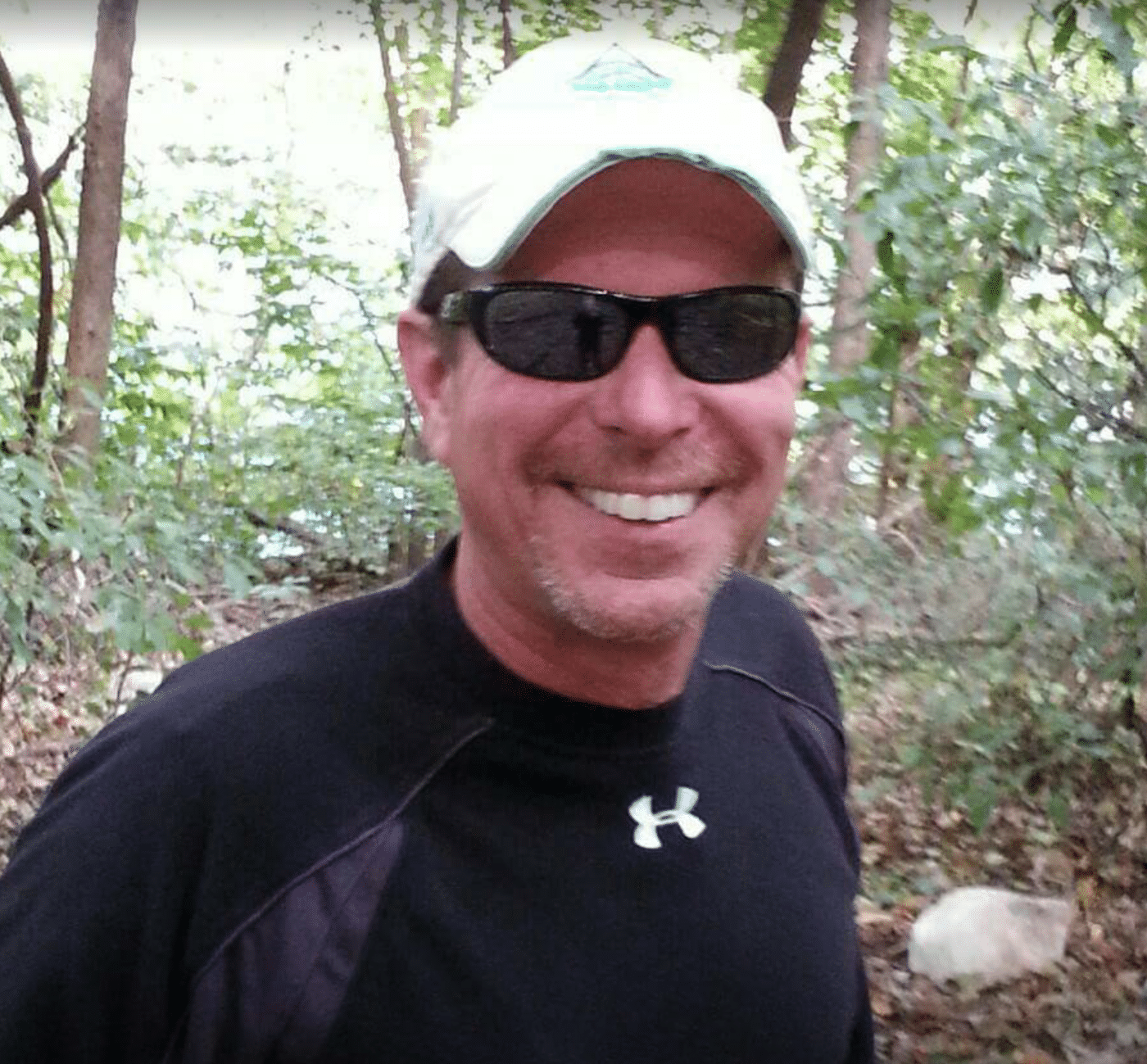What are the Black Streaks on My Roof?

Wondering what the black streaks you see on your roof are when pulling into the driveway? Are you also worried that they mean your roof needs to be replaced?
Black streaks on roofs are becoming a hot topic in the residential roofing industry. Not only do they provide an unsightly appearance, but homeowners are concerned they’re also creating a potential problem.
Fortunately, this isn’t always the case.
For over 30 years, Bill Ragan Roofing has answered the questions that concern homeowners the most. So, let’s break down the most commonly asked questions about the black streaks that form on roofs.
By the end of this article, you’ll have the answers to:
- What are the black streaks on your roof?
- Do black streaks mean your roof needs to be replaced?
- Can you prevent black streaks from forming on roof shingles?
- How do you remove black streaks from a roof?
What are the black streaks on your roof?
The black streaks on a roof are algae (Gloeocapsa magma) growing on the shingles. Algae feed on the limestone filler in asphalt shingles, which leads to the black streaks forming over time.

This algae thrives in humid environments, so the climate in your area determines how quickly it forms. It also forms quicker in roof areas that retain moisture, don’t get much sunlight, and have overhanging branches.
The good thing is that the black streaks are more of an aesthetic issue and form naturally as a roof ages. However, moss can form and damage shingles if algae starts trapping moisture.
Do black streaks mean your roof needs to be replaced?
As I just said, black streaks form naturally on asphalt shingles as they age. So, algae forming doesn’t mean a roof needs to be replaced right away.
You don’t have to worry about black streaks creating functionality problems or leaks, but it gives you an idea that your roof is getting on the older side. However, it’s a different story when you see moss growing on the shingles alongside algae.
Wide-spread moss or other vegetation growth is a huge sign it’s time to consider replacing your roof. Now, it's not as concerning if it’s limited to a small area caused by debris buildup, lack of sun hitting a damp roof, overhanging trees, etc.
At the end of the day, black streaks alone don’t mean your roof needs to be replaced in the near future. However, I recommend starting to budget to avoid getting caught off guard financially when the time comes.
Can you prevent black streaks from forming on roof shingles?
While not guaranteed to fully stop them from forming at some point, there are ways to be proactive against black streaks. The best way is to invest in algae-resistant shingles that contain copper or zinc granules that prevent algae from taking hold.
Recently, some manufacturers have started doing this across the board on their popular shingle lines and back it up with long warranties. However, you’ll need to look closer at the specific shingle to be 100% they have some kind of algae resistance.
Another effective way is to install copper or zinc strips along your roof ridge. As rain goes over the strips at the ridge, small amounts of metal ions flow down with the water to act as a natural deterrent.
Less expensive ways are trimming overhanging tree limbs back and keeping your gutters clean to prevent excess moisture buildup. However, the first two are by far the best options.
How do you remove black streaks from a roof?
Preventing them is one thing, but you can also clean algae if you don’t like seeing black streaks. Unfortunately, many homeowners’ first instinct is to use a pressure washer.
This is a HUGE mistake because it actually damages asphalt shingles, blows their protective granules off, and voids any warranties. The best way to clean your roof is by simply following the advice of shingle manufacturers.
According to the Asphalt Roofing Manufacturers Association:
“The most effective method of cleaning algae and moss from a roof is with a 50:50 mix of laundry strength liquid chlorine bleach and water. Apply with a sprayer and allow the solution to dwell on the roof surface for 15 to 20 minutes, and then rinse thoroughly with low pressure water.”
Just know that a bleach solution that is too strong can discolor your shingles like it does clothing. So, some roofers and homeowners buy non-bleach roof cleaning solutions.
The important thing is to do more research before diving into a roofing cleaning project. And most importantly, hire a professional roof cleaning company that knows how to softwash the correct way.
What are the signs that it’s time for a roof replacement?
You now know what the black streaks on a roof are, if you can prevent them, and how to remove them. The biggest thing to take away from this article is to avoid using a pressure washer if you want to clean them.
Also, hire a professional to do it to avoid putting your safety at risk and damaging your roof. The good thing is black algae streaks don’t necessarily mean your roof needs to be replaced.
They are a sign that your roof is getting older, and they form naturally. However, seeing them combined with other things could actually mean it’s time for a new roof.
That’s why you need to know the other signs you should look for to determine if the black streaks are a symptom of a larger problem.
Check out 6 Signs Your Roof Needs to be Replaced to learn what you should be looking for to determine if you need a roof replacement.


